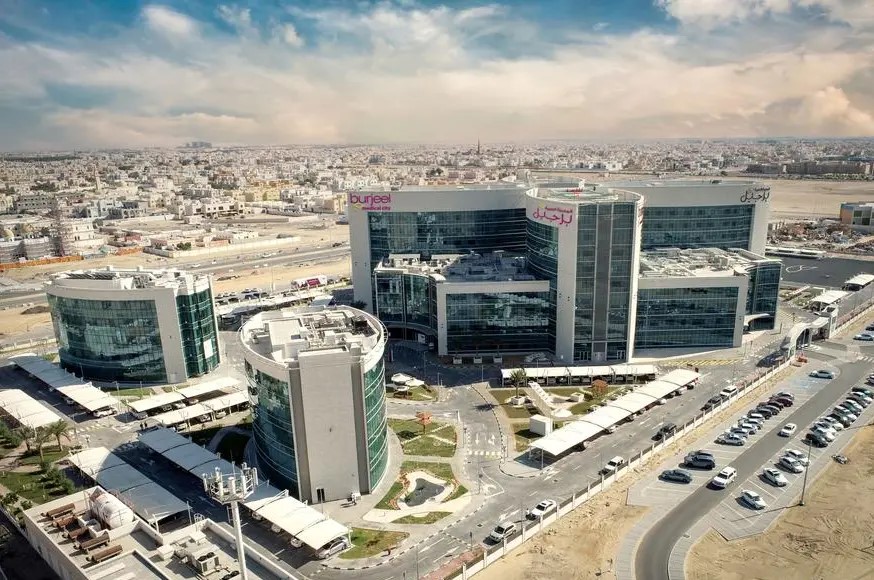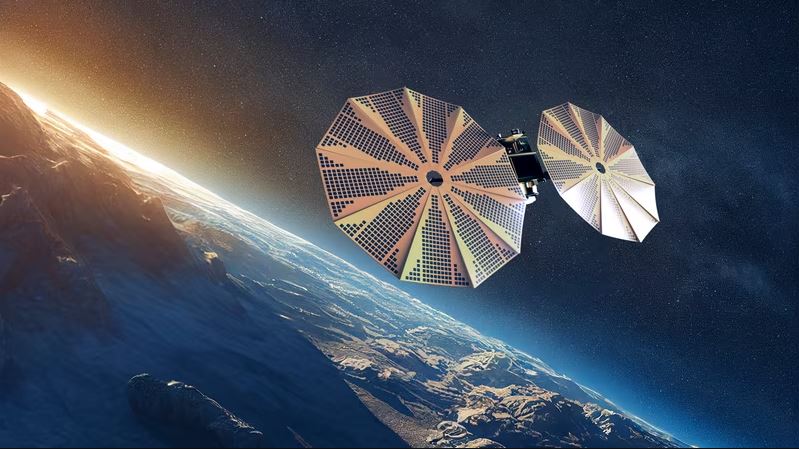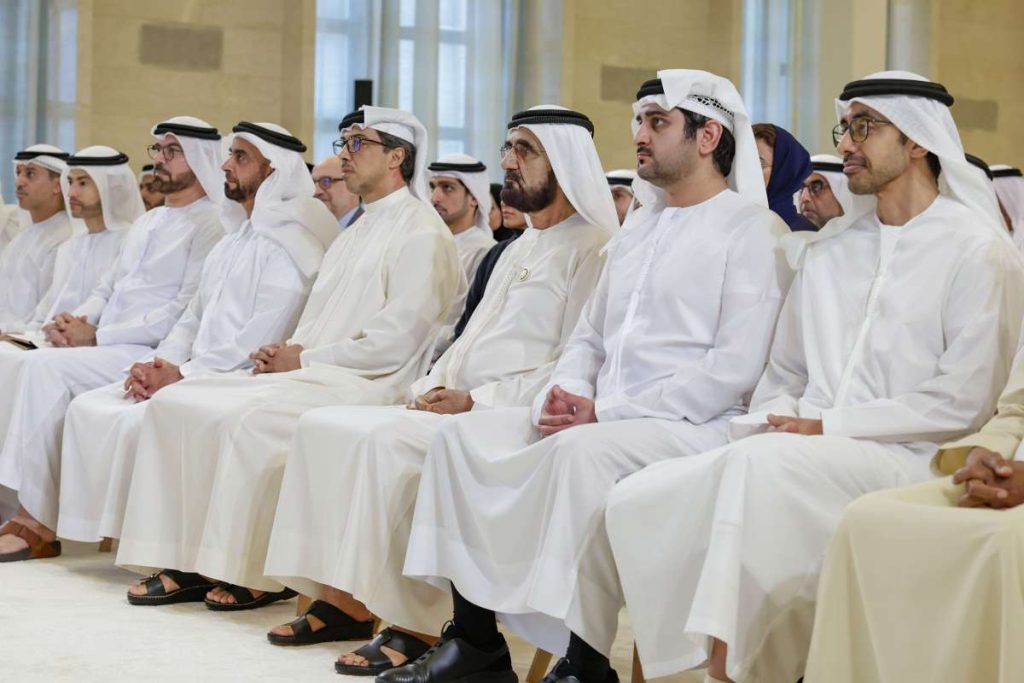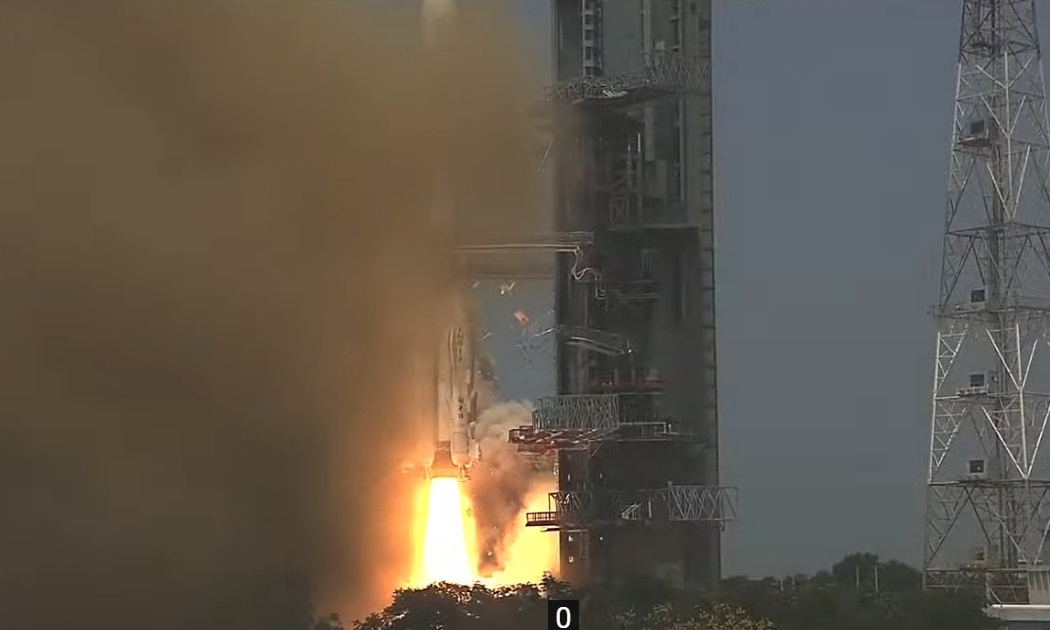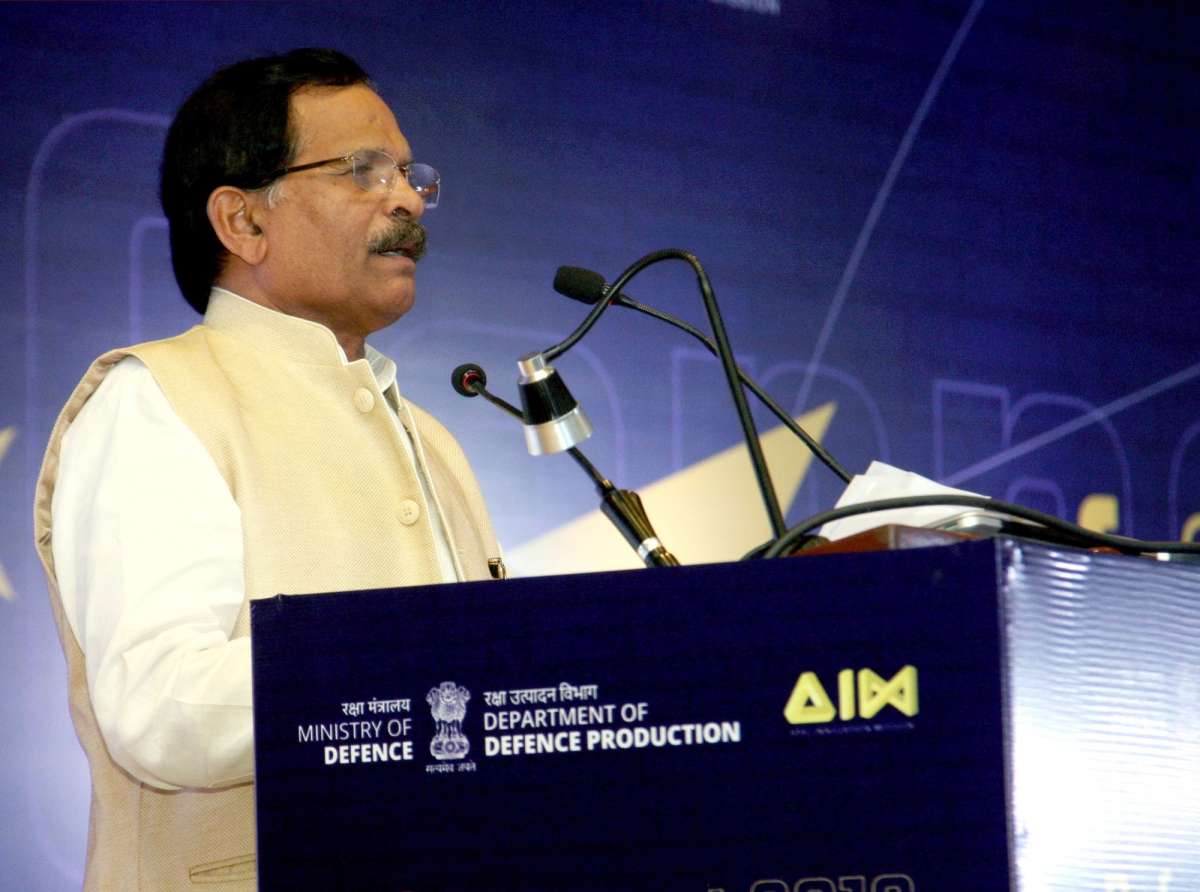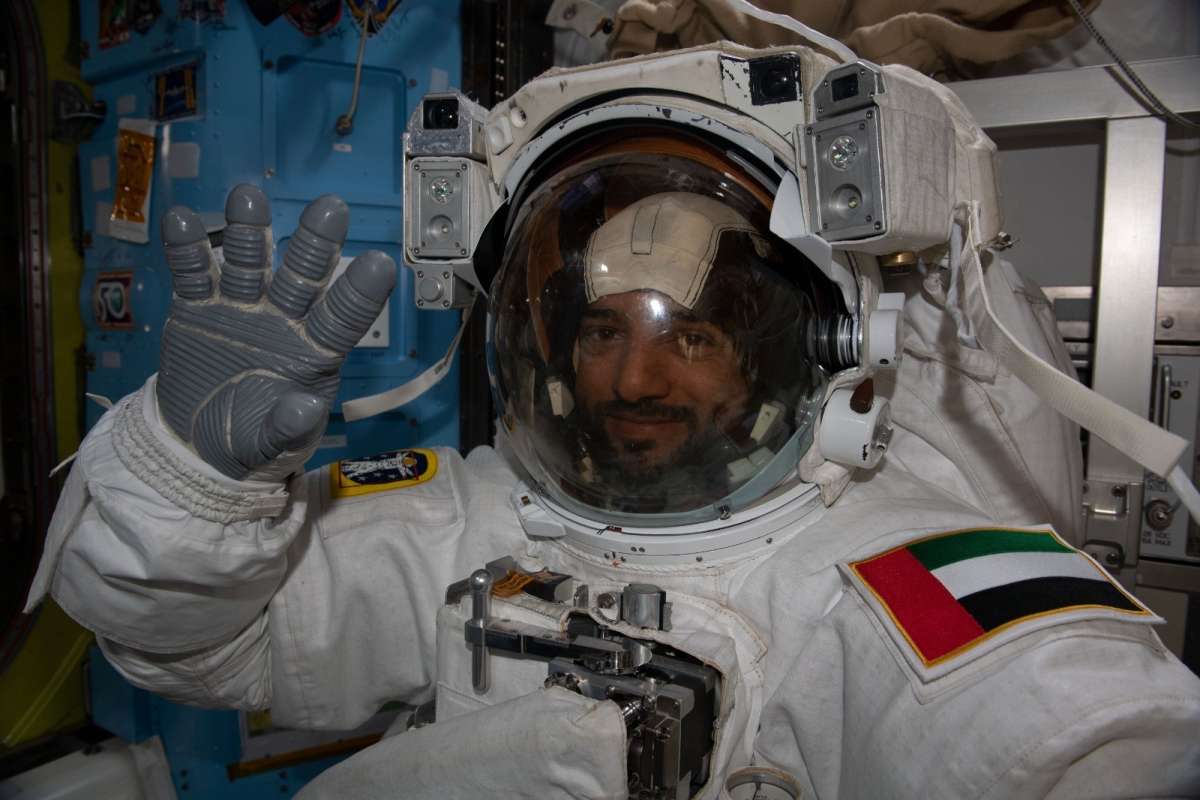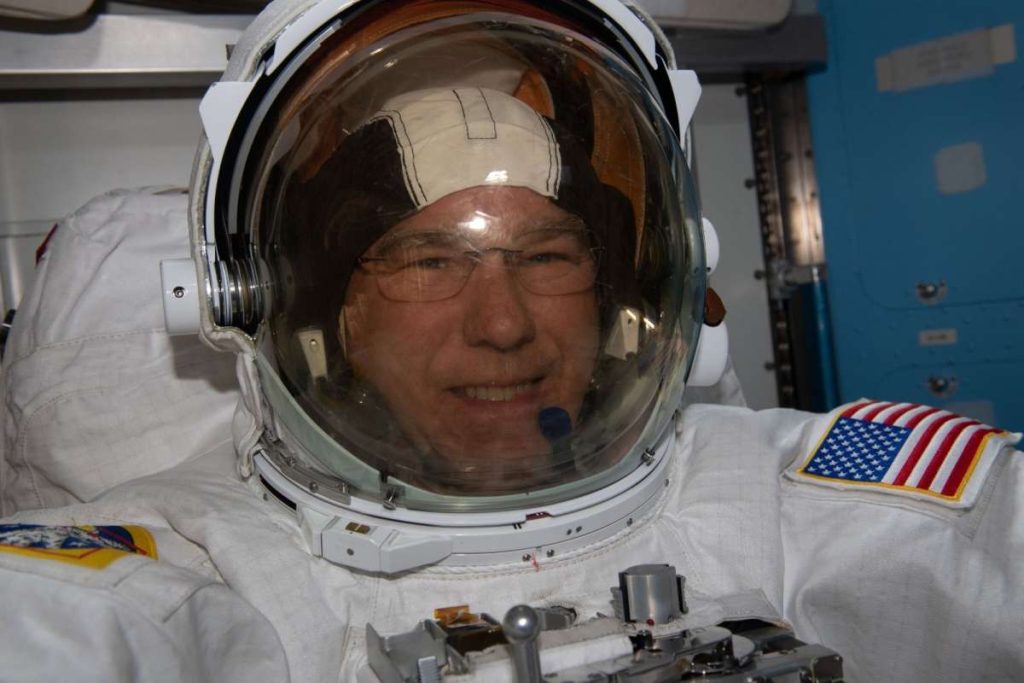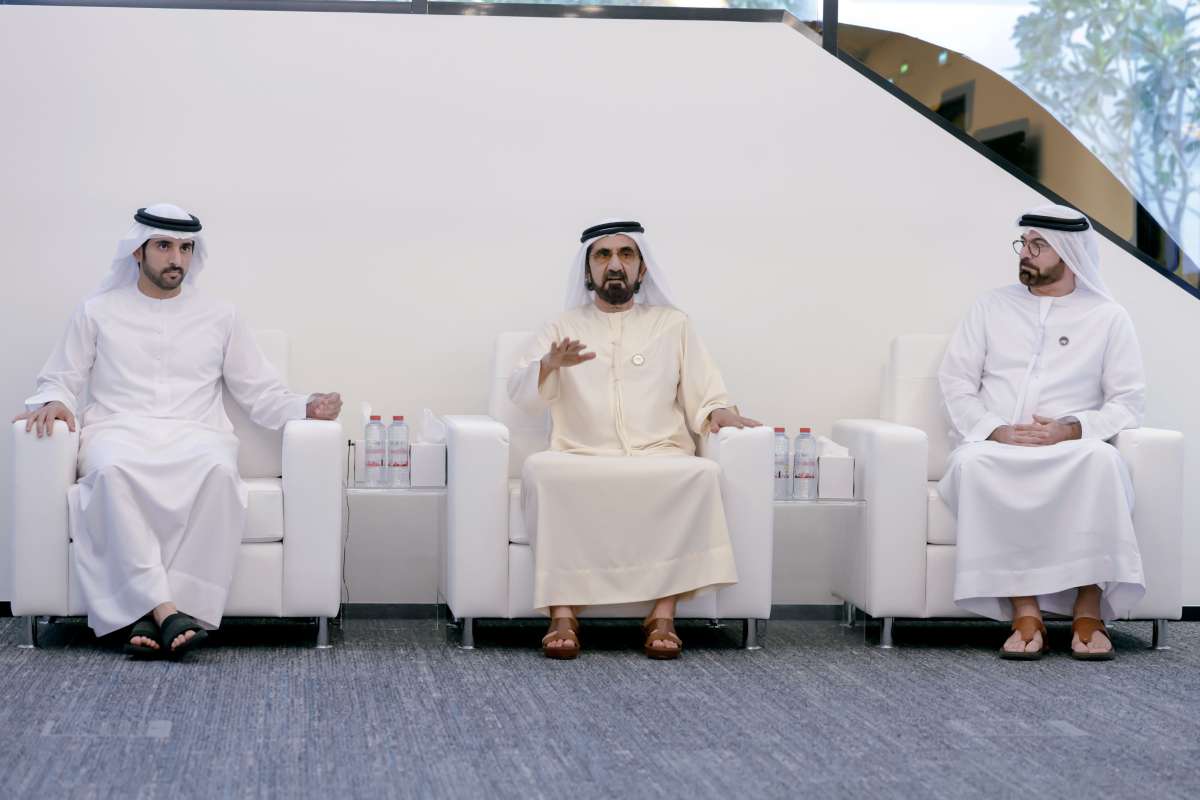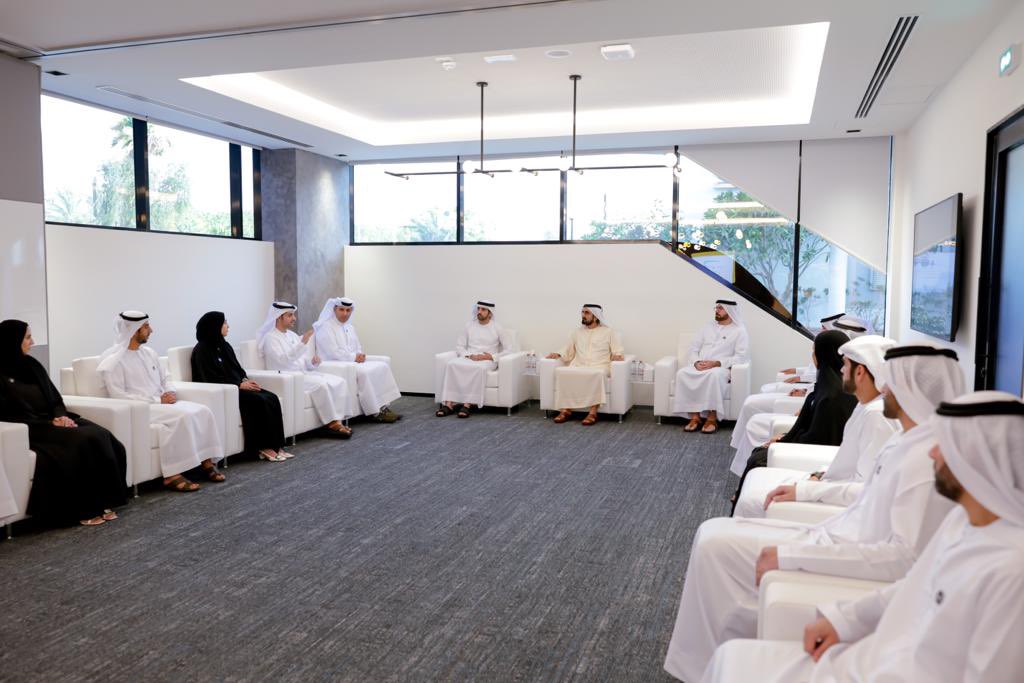Al Qubaisi delivered the UAE speech, affirming the UAE’s commitment and support of COPUOS in promoting a safe and sustainable outer space environment….reports Asian Lite News
A high-level UAE delegation, headed by Omran Sharaf, Assistant Minister of Foreign Affairs for Advanced Science and Technology, Chair of the UN Committee on the Peaceful Uses of Outer Space, participated in the 66th session of the United Nations Committee on the Peaceful Uses of Outer Space (COPUOS), one of the UN’s largest committees with 100 member states.
The delegation to the event – which is taking place in Vienna until 9th June – included Salem Butti Salem Al Qubaisi, Director-General of the UAE Space Agency, and officials from the Ministry of Foreign Affairs as well as senior employees from the UAE Space Agency.
During the session, Sharaf said, “We have witnessed significant advancements in space endeavours since the last session of this distinguished Committee – from getting the first images of early space from the James Webb Space Telescope to the first changing of the orbit of an asteroid and the continuous robotic exploration of the Moon and Mars, this past year serves as a testament to humankind’s desire to reach further.
“This year also marks the 55th anniversary of the first United Nations Conference on the Exploration and Peaceful Uses of Outer Space (UNISPACE).
“To date, the Committee and its two Subcommittees continue to represent unique platforms for fostering dialogue, strengthening international collaboration in the peaceful uses of outer space and advancing the global governance of outer space activities.
“This vital role of the Committee and its Subcommittees is vital nowadays when we are witnessing the thriving of space activities, an unprecedented rate in the development of new technologies in the space sector and an increased diversification of space actors.”
Commenting on chairing COPUOS, Sharaf said, “The UAE has made it a priority to create a positive impact through its chairmanship of the UN COPUOS. Given the highly polarized global environment, the UAE worked on converging the different views and addressing critical topics related to space safety, stability, sustainability, and security.”
Al Qubaisi delivered the UAE speech, affirming the UAE’s commitment and support of COPUOS in promoting a safe and sustainable outer space environment.
He added, “We strongly believe the space sector can only be developed through regional and international collaboration and common initiatives. The UAE has participated in driving scientific research and technological advances and sharing knowledge with member states. We have launched joint missions, facilitated the exchange of expertise, and delivered capability-building programmes to enable countries to harness the potential of space science and technology.
“We have been actively developing and reviewing our regulatory framework to ensure the safety and sustainability of space activities, in parallel with encouraging innovation and investments in the sector. This year, we have issued nine regulations, including Regulations on the Authorizations of Space Activities and other Activities Related to the Space Sector, Regulation on Human Spaceflight Activities, and Space Debris Mitigation Guidelines.”
“We have launched the Abu Dhabi Space Debate, a unique platform to debate the space industry’s most pressing challenges and drive the new space economy. We have also created a comprehensive capacity-building programme entitled the ‘Space Academy’ to discover and prepare the next generation of space engineers, scientists, and entrepreneurs. The UAE has also launched Space Economic Zones, an integrated programme to support the establishment, growth, and sustainability of UAE-based companies in the space sector,” continued Al Qubaisi.
He also touched upon the National Space Fund, an AED3 billion programme; the Space Data Centre; and the Space Analytics and Solutions (SAS) Programme, while noting that the UAE aims to raise awareness of space applications to mitigate climate change and environmental challenges at the upcoming Conference of the Parties to the UN Framework Convention on Climate Change (COP28) in November at Expo City Dubai.
During the “Space and Sustainable Development” and “Space and Climate Change” sessions, the UAE’s speeches highlighted the significance of the peaceful use of outer space, acknowledging the right of all member states to develop their capabilities in space systems peacefully and sustainably, ensuring the cooperative use of space, enabling space sustainability and the development of public and private space programmes, and the role of the space industry as a major driver of human ingenuity.
The speeches also focused on the importance of international collaboration and the International Charter: Space & Major Disasters as a vital tool to mobilise global efforts, as well as the UAE’s active global participation in collaborating and exchanging knowledge and expertise with the international community to ensure space technologies benefit humanity in times of disaster.
Remarks highlighted the significant role of space technologies in fighting climate change, the use of satellites for Earth monitoring and remote sensing, analysing data to monitor and address the impacts of climate change, and the role of satellite data in enabling countries to make informed decisions and develop effective policies to overcome climate challenges.
In a speech on ‘Ways and means of maintaining outer space for peaceful purposes,’ the UAE confirmed its belief that there are many ways to ensure the safety and sustainability of space activities through national legislation.
The speech focused on the UAE’s national comprehensive space legal framework to enable innovation and promote investment and transparency in line with international conventions and the country’s obligations under international law.
During the ‘Space Exploration and Innovation’ session, the UAE team highlighted the role of space missions in promoting scientific research, education in STEM fields, innovation, international cooperation, and economic diversification.
The team also touched upon the Emirates Mars Mission Hope Probe, the Emirates Lunar Mission Rashid Rover 2, and the Emirates Mission to the Asteroid Belt. Participants discussed the importance of the mission in providing data on the origins and composition of asteroids and offering a deeper understanding of our solar system. The spacecraft will measure the density, temperature, physical and thermal properties, and surface geological features of several asteroids during its flybys.
The team focused on the role of the mission in achieving the UAE’s strategic objectives in developing national talents in the space sector while empowering local companies, encouraging the establishment of Emirati startups, and creating a new market for space technologies.




